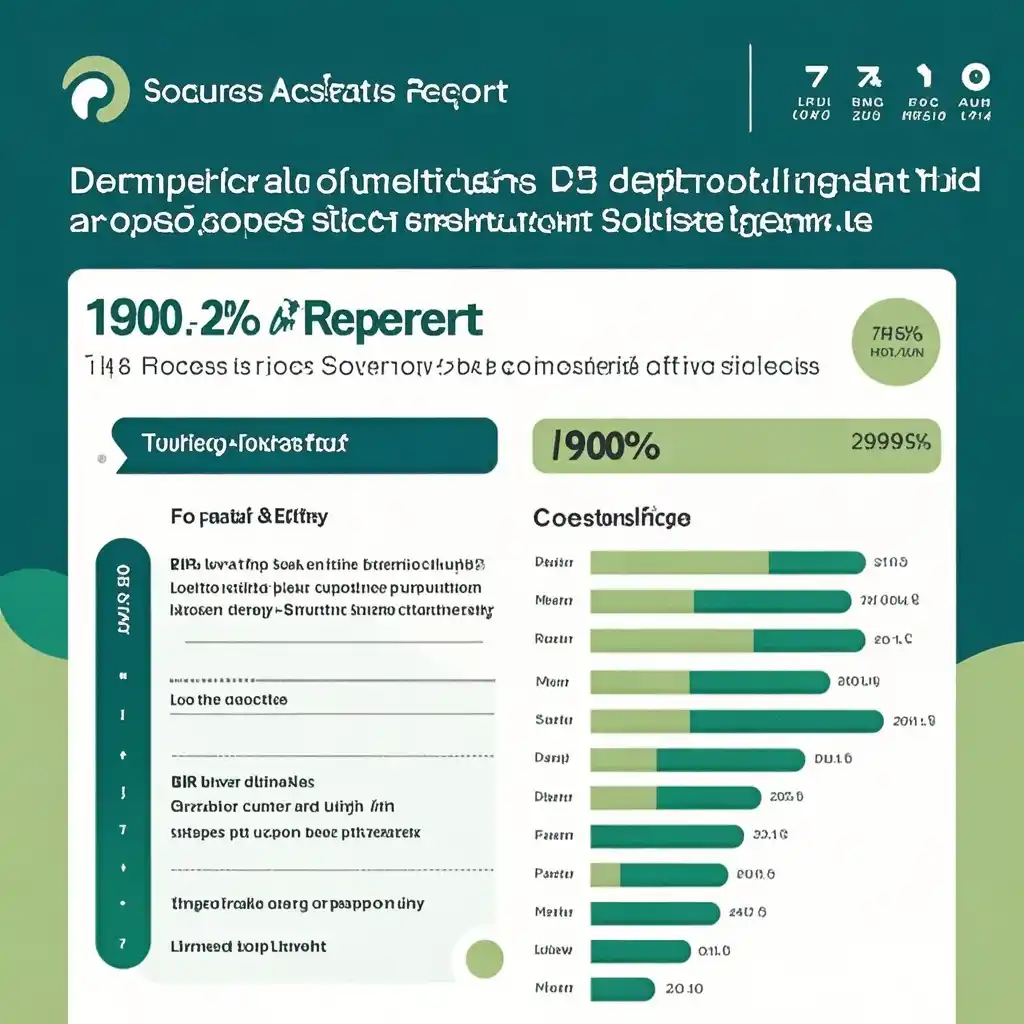

Reducing Dependence on the US Market: A Must - do for Cross - border E - commerce Enterprises Amid Tariffs
1. Background
In recent years, cross - border e - commerce has been booming, with the US market being one of the most significant destinations for many enterprises. However, the situation has been changing due to tariffs. Previously, the dependence of cross - border e - commerce enterprises on the US market was relatively high, reaching about 19.2%. Tariffs imposed on various products have had a profound impact on these enterprises. As a result, the dependence has gradually decreased to 14.7%.
These tariffs have been introduced for a variety of reasons, including trade imbalances and domestic industry protection in the United States. For cross - border e - commerce enterprises, the increased costs associated with tariffs have made doing business in the US market more challenging. This includes not only higher import duties but also potential changes in logistics and supply chain management to comply with new regulations.
Moreover, the trade environment has become more uncertain. Fluctuations in exchange rates, changing consumer preferences in the US market due to economic and social factors, and potential further tariff hikes all pose risks to cross - border e - commerce enterprises relying heavily on the US market.
2. The Significance of Reducing Dependence
Reducing dependence on the US market is of great importance for cross - border e - commerce enterprises. Firstly, it helps to diversify business risks. By relying less on a single market, enterprises can better withstand potential shocks in the US market, such as sudden tariff increases or changes in trade policies. For example, if a company has 80% of its business in the US market and there is a significant tariff hike, its revenue and profitability will be severely affected. However, if it has diversified its market share, with the US market accounting for only 30% and other markets making up the remaining 70%, the impact of the US - related issues will be much less severe.
Secondly, exploring other markets can open up new growth opportunities. There are many emerging markets around the world with growing consumer demand for cross - border e - commerce products. For instance, in Southeast Asia, the middle - class population is expanding rapidly, and their purchasing power for international products is increasing. In some African countries, the e - commerce market is also in a nascent stage but shows great potential. By reducing dependence on the US market and entering these emerging markets, cross - border e - commerce enterprises can tap into new sources of revenue.
Thirdly, it can enhance the enterprise's bargaining power. When cross - border e - commerce enterprises are not overly reliant on the US market, they can have more flexibility in negotiating with suppliers, logistics providers, and other partners. They can seek better terms and conditions, such as lower procurement costs or more favorable shipping rates, which can further improve their competitiveness in the global market.
3. Strategies for Reducing Dependence on the US Market
3.1 Market Research and Selection
Thorough market research is essential. Enterprises should analyze various factors in different markets, such as market size, growth potential, consumer behavior, and regulatory environment. For example, in the European Union market, although it has strict regulations, it also has a large consumer base with high purchasing power. In Asia - Pacific regions like South Korea and Australia, consumers have a strong preference for high - quality cross - border e - commerce products. Based on this research, enterprises can select suitable markets to enter.
3.2 Product Localization
To succeed in new markets, product localization is crucial. This involves adapting products to local tastes, cultural preferences, and regulatory requirements. For instance, in the Middle East market, religious and cultural factors play an important role in product design and marketing. Electrical products need to meet local safety and energy - efficiency standards. By localizing products, cross - border e - commerce enterprises can better meet the needs of local consumers and increase their market acceptance.
3.3 Building Local Partnerships
Establishing local partnerships can help cross - border e - commerce enterprises quickly adapt to new markets. This can include partnering with local distributors, logistics companies, or marketing agencies. In India, for example, local distributors have a better understanding of the complex distribution channels and consumer preferences in different regions. By collaborating with them, cross - border e - commerce enterprises can effectively promote their products and expand their market share.
3.4 Digital Marketing and Brand Building
In new markets, effective digital marketing and brand building are necessary. Enterprises can use social media platforms, search engines, and e - commerce platforms to promote their brands and products. In countries like Brazil, social media has a high penetration rate, and platforms like Instagram and Facebook can be powerful tools for marketing cross - border e - commerce products. By creating engaging content and targeted advertising campaigns, enterprises can raise brand awareness and attract local consumers.
4. Conclusion
In conclusion, reducing dependence on the US market is a necessary step for cross - border e - commerce enterprises in the face of tariffs and an uncertain trade environment. The decrease in dependence from 19.2% to 14.7% is a sign of the changing situation, but more efforts are still needed. By implementing strategies such as market research, product localization, building local partnerships, and digital marketing, cross - border e - commerce enterprises can successfully diversify their market share, reduce risks, and explore new growth opportunities. This not only helps them to survive in the complex international trade arena but also enables them to thrive in the long - term global e - commerce market.